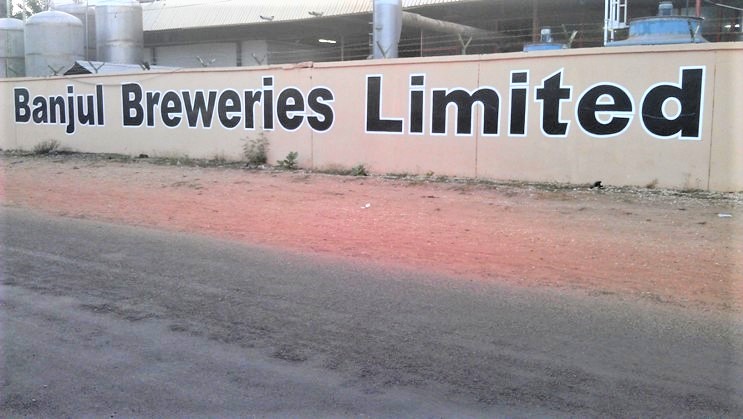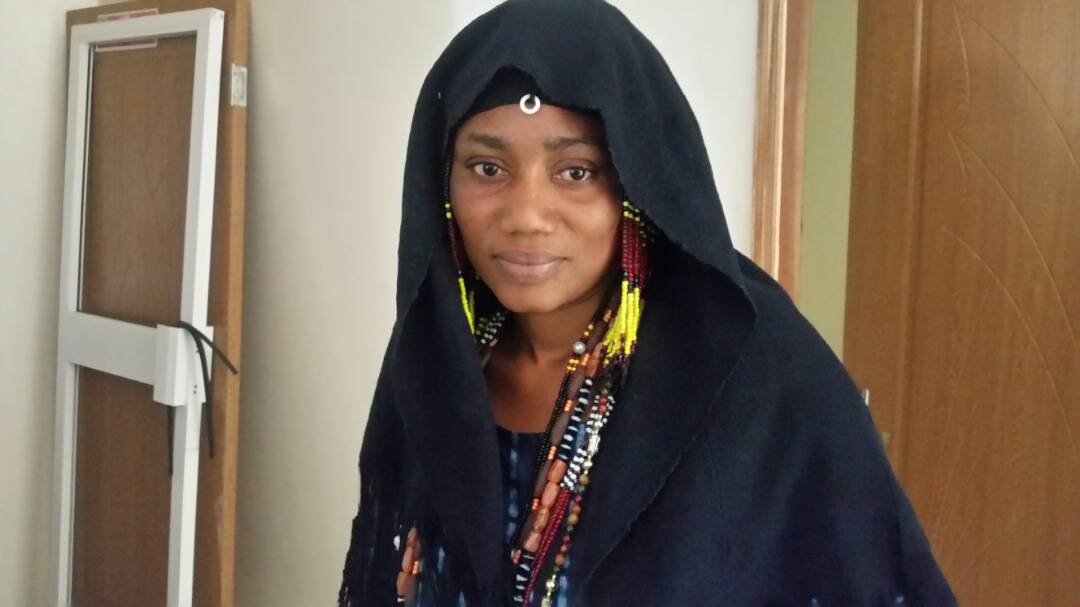By: Kemo Kanyi
Dr. Foday Joof, a sustainable finance specialist and economisthas spoken about the implications of the Gambia’s potential transition from Basel I to Basel II.
In an interview with The Voice, Dr. Joof explained that Basel I was introduced by the Basel Committee on Banking Supervision in 1988 to serve as a foundational regulatory framework for banks, ensuring they held adequate capital to protect against credit risk, adding that this framework was instrumental in ensuring financial stability as it focuses on safeguarding banks from borrower’s default risk.
“However, since then the global financial system has evolved and become more complex, thus, Basel I’s limitations have become more apparent,” he further explained.
Dr. Joof highlighted that Basel I applies a one-size-fits-all approach to risk management by assigning fixed risk weights to various classes of asset and ignoring their actual risk profiles.
“This constraint has prompted many countries to transition to more robust frameworks like Basel II, III and IV, which provides a more nuanced approach to risk management,” he pointed out.
Dr. Joof noted that the proposed transitioning to Basel II would be a game-changer for the Gambia’s financial sector. “Basel II introduces a more risk-sensitive framework, which allows a more accurate assessment of bank’s capital adequacy in line with their risk profiles,” he stated.
‘’Basel II focuses on three pillars. Pillar 1 sets the minimum capital requirements, not just for credit risk but also market and operational risks. This extension ensures banks incorporate market and operational risk in their capital requirement computation, unlike Basel I, which is centred on credit risk. The key components of Basel II’s capital structure and risk computation approaches, ranges from Tier 1 to 3 for its first pillar,’’ he added.
He explained that Tier 1 Capital (Core Capital) is the highest quality capital, including Common Equity Tier 1 (CET1) and Additional Tier 1 (AT1), known for its permanence and ability to absorb losses. ‘’Tier 2 Capital (Supplementary Capital), while less permanent, includes subordinated debt and hybrid instruments, providing secondary support. Tier 3 Capital is mainly used for market risk-consisting of short-term subordinated debt and applied mainly by banks with substantial trading activities.’’
The economist intimated that Pillar 2 is on the supervisory review, allowing supervisors to ensure that banks have strong internal risk management processes and systems and Pillar 3 stresses market discipline where banks are required to increase transparency and disclosures concerning their risk exposures and capital adequacy.
‘’One of the key benefits of this transition would be improved resilience in the banking sector, Dr.Joof noted, as Basel II requires banks to hold additional capital for operational and market risks- two areas that are crucial for The Gambia’s financial system. Operational risks, associated with losses from system failures or fraud, and market risks, such as exchange rate volatility, are significant concerns that faces a small and open economy like The Gambia. Therefore, Basel II would help banks to be better equipped to deal with these risks, consequently strengthening financial stability. The transparency under Pillar 3 would foster trust and confidence among banks, investors, and the public, ultimately attracting more international investment,’’ the sustainable finance specialist detailed.
Dr.Joof acknowledged that this transition is not without challenges, particularly for smaller or shallow banking sector like that of The Gambia, adding that the transition will require substantial investment in capacity development, technology, and data management for both the Central Bank of The Gambia and commercial banks. He noted that smaller banks could struggle to meet the new capital and disclosure requirements, which could lead to consolidation within the sector.
Highlighting the complexity and computational challenges of minimum capital requirement under Basel II, focusing on credit risk, he mentioned three approaches: Standardized Approach, which uses external ratings, Foundation Internal Ratings-Based Approach with partial internal estimates (Probability of Default, Loss Given Default and Exposure at Default), and the Advanced Internal Ratings-Based Approach allowing full internal risk estimation.
‘’Market risk can be assessed via the Standardized Measurement approach and Internal Models Approach, which relies on internal risk models like Value at Risk and Expected Short Fall model. For Operational risk the Basic Indicator Approach, the Standardized Approach and the Advanced Measurement Approach were proposed under Basel II. Although, the transition to Basel II could present challenges to the financial sector, but the long-run benefits outweigh the costs because adopting a more risk sensitive framework, will help better position the banking sector to absorb future shocks,’’ Dr. Joof emphasized.
Dr. Joof had shown confidence that the move to Basel II will help align the Gambia’s banking sector to the best international practices which could make the financial sector more attractive to foreign investors and development partners, while supporting the country’s sustainable development. He added that it could advance the country’s efforts, including the launch of its first capital market on September 29, 2023, which reflects its ambition to modernize its financial system.
He maintained that in an era of multiple externalities (geopolitical tensions and climate change), a resilient financial system is crucial to support The Gambia’s sustainable growth, adding that the shift is a crucial step toward the country’s banking sector with the evolving global financial landscape.





